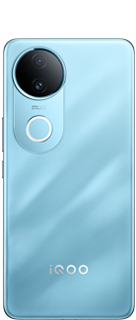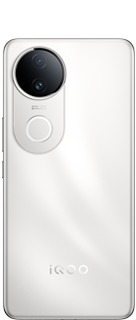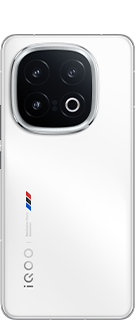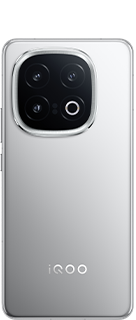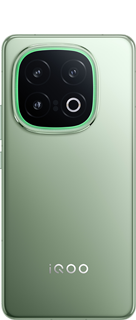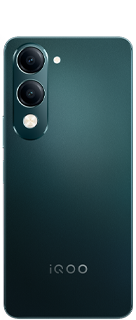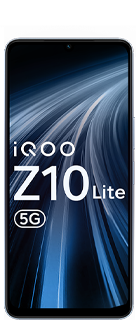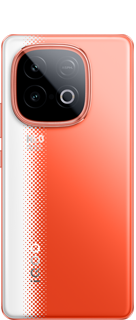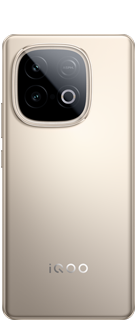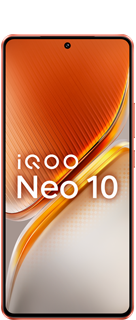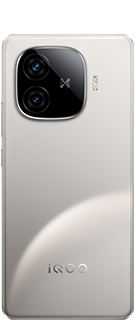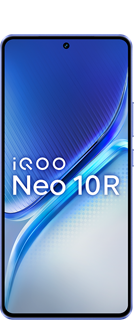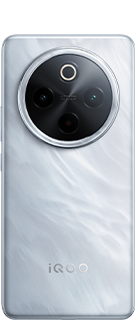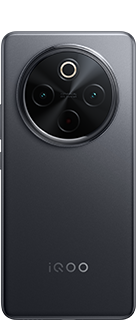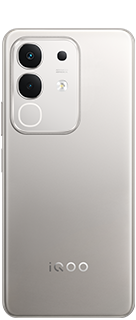Futuristic Gadgets Series, Part 6: Personal Drones
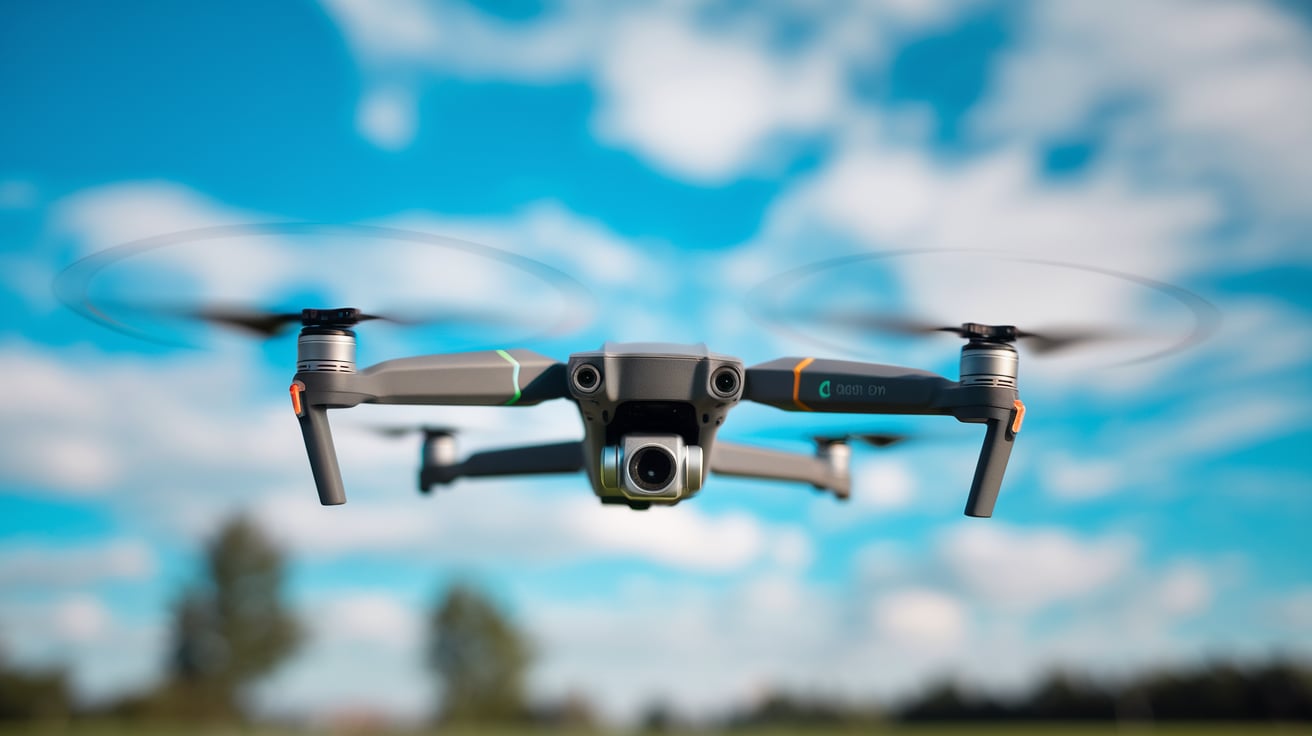
Personal drones have rapidly evolved from high-tech novelties to versatile tools that enhance our daily lives in many ways. These compact, easy-to-use devices offer a range of applications, from aerial photography and videography to recreational use, delivery services, and more. As drones become increasingly accessible, their potential continues to expand, revolutionizing how we interact with our surroundings. In this article, we dive into the technology behind personal drones, their applications, and what the future holds.

What Are Personal Drones?
Personal drones are small, unmanned aerial vehicles (UAVs) designed for individual use. Unlike commercial drones, which are often used for industrial applications like agriculture, logistics, and surveillance, personal drones are generally aimed at hobbyists, content creators, and enthusiasts. These drones are equipped with cameras, sensors, and connectivity features, allowing users to control them via remote controllers, smartphones, or even voice commands.

Key Features and Technology
- Compact Design and Portability:
Personal drones are designed to be lightweight and portable, with foldable arms and compact bodies that make them easy to carry and deploy.
The use of durable, lightweight materials like carbon fiber and advanced plastics ensures resilience and stability during flight.
- High-Definition Cameras:
Most personal drones come with built-in high-definition or 4K cameras that offer stunning aerial photography and videography.
Gimbal stabilization technology ensures smooth footage even in windy conditions, providing high-quality images and videos.
- Advanced Flight Control Systems:
Drones are equipped with GPS, GLONASS, and other navigation systems that enable precise positioning and autonomous flight.
Features like altitude hold, headless mode, and one-key return make flying drones easier for beginners.
- Obstacle Avoidance and Safety Features:
Advanced drones come with multiple sensors (infrared, ultrasonic, and visual) for obstacle detection and collision avoidance.
Fail-safe mechanisms such as low-battery return-to-home (RTH) and automatic landing increase safety and reliability.
- Longer Battery Life and Range:
Improvements in battery technology have extended the flight times of personal drones, with many models offering up to 30 minutes or more on a single charge.
Enhanced transmission systems provide longer control ranges, often up to several kilometers.
- Autonomous Flight and Smart Modes:
Intelligent flight modes like Follow Me, Orbit, Waypoint Navigation, and Gesture Control enable users to capture creative shots with minimal effort.
AI-powered features allow for more sophisticated flight paths, object tracking, and obstacle avoidance.
- Connectivity and Real-Time Streaming:
Drones are equipped with Wi-Fi and 5G connectivity, enabling real-time streaming of aerial footage to smartphones and other devices.
Integration with social media platforms allows for instant sharing of captured content.

Potential Applications
- Aerial Photography and Videography:
Drones have revolutionized content creation, allowing photographers and videographers to capture breathtaking aerial shots that were previously impossible or extremely costly.
They are widely used in weddings, travel vlogs, real estate showcases, and cinematic productions.
- Recreational Use and FPV Racing:
Drones are popular for recreational flying and drone racing, offering a thrilling first-person view (FPV) experience.
FPV racing leagues and events have become increasingly popular, with custom-built drones designed for speed and agility.
- Delivery and Logistics:
Personal drones have the potential to transform delivery services by enabling quick and efficient transport of small packages, medical supplies, and food.
Companies like Amazon and Google are already experimenting with drone delivery systems in select areas, reducing delivery times and costs.
- Search and Rescue Operations:
Personal drones equipped with thermal cameras and night vision capabilities are invaluable tools in search and rescue missions.
They provide aerial views of inaccessible areas, helping rescue teams locate missing persons or assess damage during natural disasters.
- Environmental Monitoring and Conservation:
Drones can be used for wildlife monitoring, anti-poaching patrols, and environmental assessments.
They offer a non-intrusive way to study and protect natural habitats, enabling more effective conservation efforts.
- Agricultural Support:
Personal drones can be employed for crop monitoring, pest control, and irrigation management in small-scale farming.
They provide valuable data that helps farmers optimize their practices and improve crop yields.
- Personal Security and Surveillance:
Homeowners and property managers use drones for surveillance and security purposes, patrolling large estates or monitoring perimeters.
Drones with AI capabilities can detect unusual activity and alert owners to potential security breaches.

Challenges and Considerations
- Regulations and Airspace Management:
The increasing number of personal drones poses challenges for airspace management and safety. Governments and aviation authorities have implemented regulations that govern drone usage, altitude limits, and no-fly zones.
Users must stay informed about local regulations to avoid penalties and ensure safe and legal operation.
- Privacy Concerns:
The use of drones in public and private spaces raises significant privacy concerns, as they can capture images and videos without consent.
Establishing clear guidelines and ethical practices is essential to balance innovation with individual privacy rights.
- Battery Limitations and Flight Time:
Despite advances in battery technology, flight time remains a limitation for personal drones, especially for those undertaking long-range missions.
Investing in high-capacity batteries and portable charging solutions can help mitigate these limitations.
- Security Risks and Hacking:
Drones are vulnerable to hacking and unauthorized access, which could lead to misuse or compromise of personal data.
Robust encryption, secure communication protocols, and regular firmware updates are crucial to safeguarding drones from cyber threats.
- Weather Dependency:
Drones are highly susceptible to weather conditions such as wind, rain, and fog, which can impact their performance and safety.
Users need to be aware of weather forecasts and understand the operational limits of their drones to ensure safe flights.

Overall
Personal drones are redefining the possibilities of aerial exploration, content creation, and various other applications. As technology continues to evolve, drones will become more accessible, versatile, and intelligent, offering endless possibilities for both hobbyists and professionals. However, the rapid proliferation of drones also necessitates careful consideration of regulatory, ethical, and safety challenges to ensure their responsible use.
Follow For More Tech Threads @NITIN
Nitin Panwar
Moderator
Please sign in
Login and share
